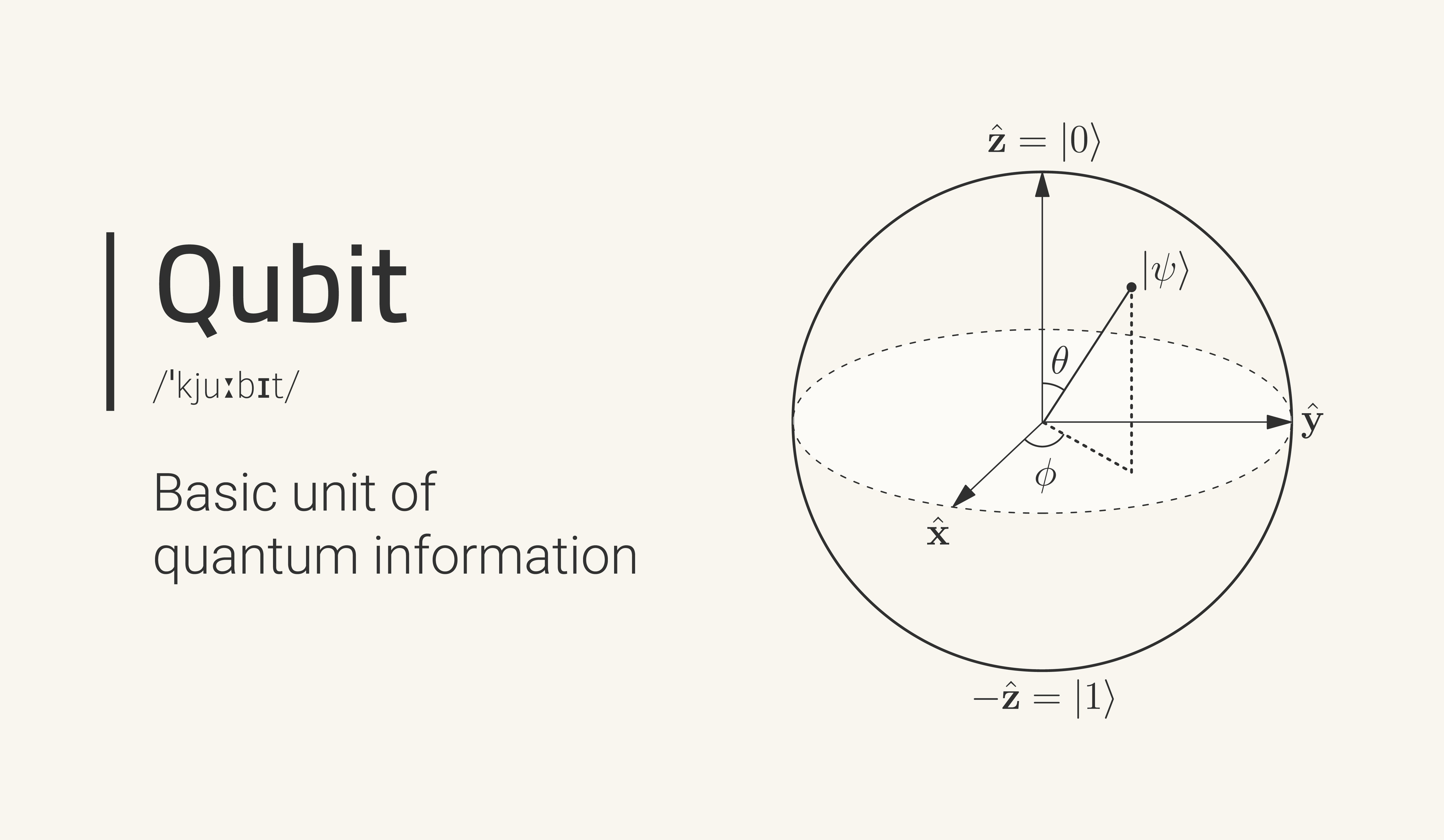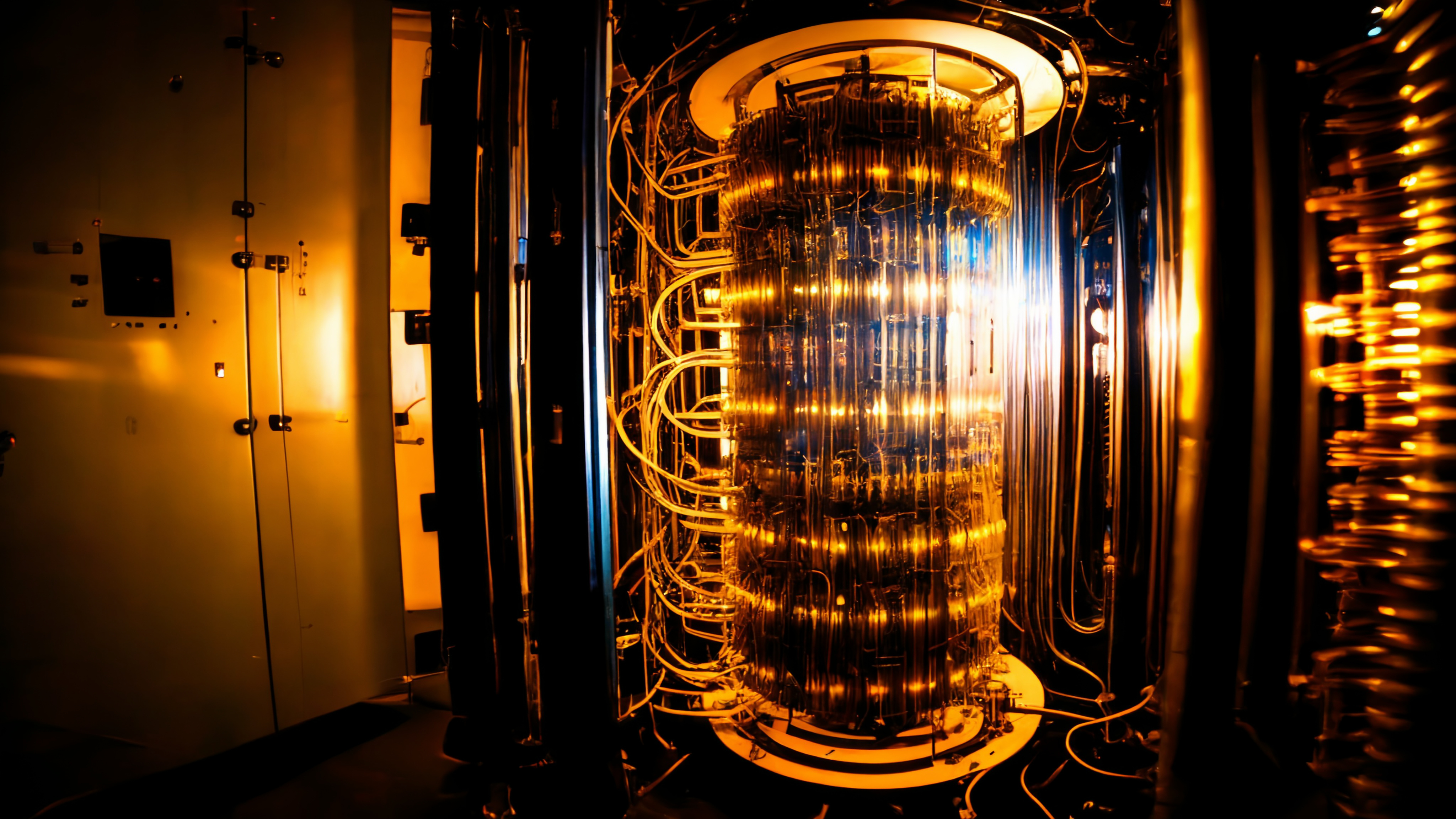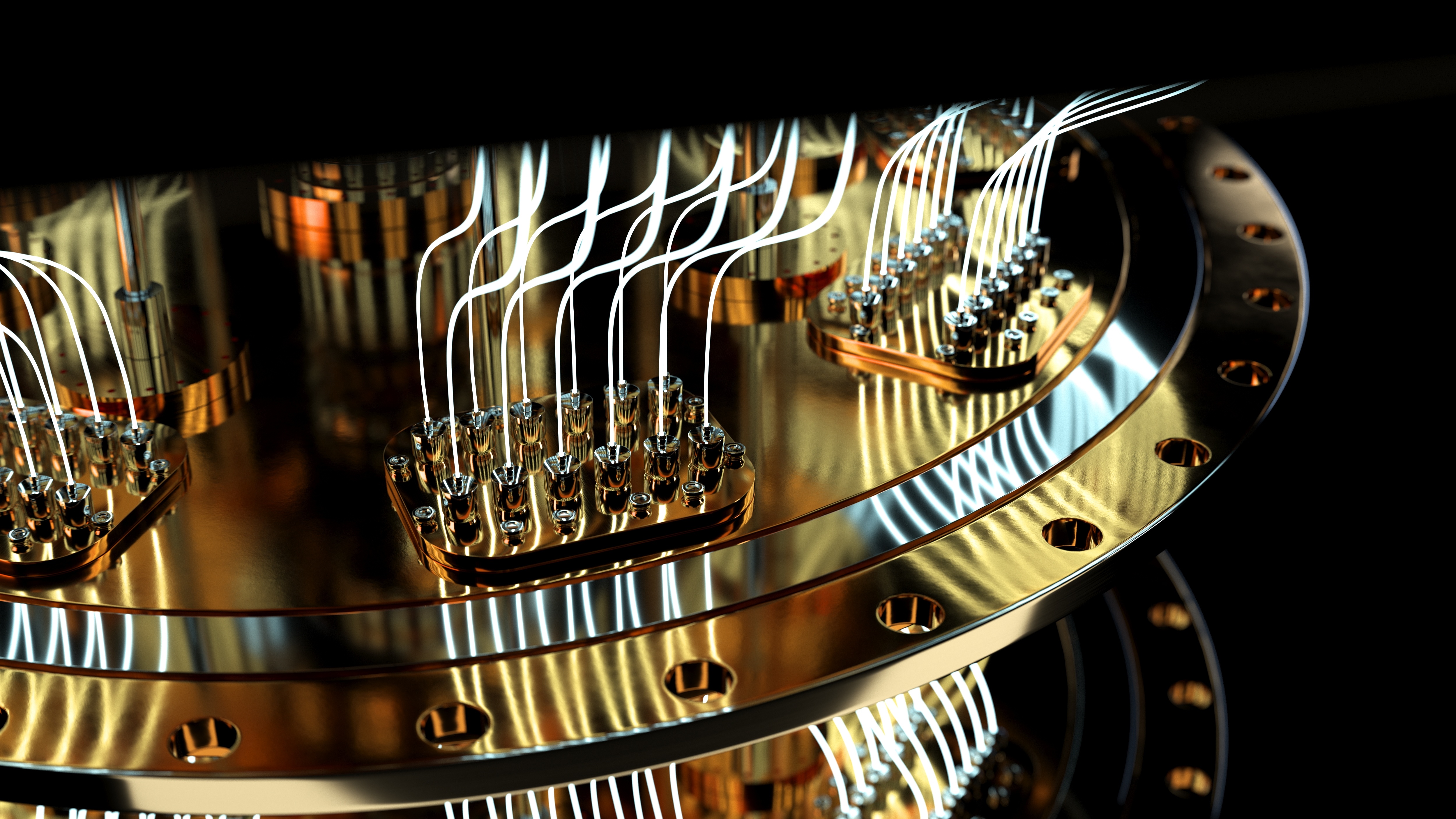Quantum computing: The whats, whens and hows
Quantum computing is a rapidly emerging technology that promises to revolutionise the way we process and analyse information entirely. Whilst this is fantastic news at face value, what are these quantum machines, and how do they actually work? What is being developed and how? And what does the future hold? Electronic Specifier spoke to Professor Robert Young, Chief Scientist at Quantum Base and Professor of Quantum Technology at Lancaster University, to dive headfirst into these exciting questions.
What is a quantum computer, and how does it work?
Quantum computing is a type of computing that utilises quantum bits, or qubits, instead of classical bits seen in traditional computing in order to perform operations on data. While classical bits can only be in one of two states, a 0 or a 1, qubits can be in multiple states at once, allowing for much faster processing of certain types of problems.
This ability to be in multiple states at once is due to the properties of superposition, where a qubit can exist in multiple states simultaneously, and entanglement, where the states of two qubits can become correlated. It is these two properties that can be harnessed to perform certain types of calculations in a much faster manner than classical computing methods. Two great examples of quantum superiority over traditional bits would be factoring large numbers or searching through massive databases, processes that currently take considerable lengths of time using present methods.

An often-overlooked aspect of quantum computing, which makes them a functional reality, is the need for quantum algorithms alongside the hardware itself, explained Professor Young. These algorithms are essentially a set of instructions designed to be executed on a quantum computer. They are similar in nature to the types of instructions given to classical computers, however, specifically tailored to take advantage of the unique properties of qubits.
“More recently there has been a kind of ‘second generation’ of quantum algorithms, which have better embraced the quantum process. So instead of trying to process data the same way a traditional computer does but with a quantum computer, let’s actually treat these computers as an array of qubits with the capabilities of a quantum system,” explains Professor Young. By doing this, far more can be achieved, and better utilisation of quantum capabilities can take place.
For Professor Young, this is one of the most important parts currently in development. To him, this stage is similar to when traditional computers were up and coming. The process that really set computing in motion was the development of basic programming languages, operating systems, GUIs, and microcodes – this is what Professor Young believes these algorithms will unlock for the world of quantum computing.
Some of the popular approaches to developing quantum computers
Whilst this all sounds very promising, how are these advanced computers being developed, and what sort of approaches are being made? Just like in the early days of computing, there are dozens of different methods and approaches constantly in development, with some seeming more promising than others, yet all contributing to the same goal. Professor Young noted three that he believes to be some of the most promising approaches and the ones that are furthest along their development cycle.
Superconducting quantum computing was the first on Professor Young’s list, something he describes as: “An approach that, to an extent, is very similar to how a traditional computer chip might operate.”
This method of quantum computing uses superconducting circuits to create and manipulate qubits. These circuits are made from materials that can conduct electricity with zero resistance at very low temperatures, “down to the milli-kelvin,” says Professor Young. This makes them ideal for creating and controlling the fragile quantum states needed for successful quantum computing processes.
In superconducting quantum computing, qubits are typically created by making a small loop of superconducting wire, called a Josephson junction, which can be in two different quantum states. These qubits can then be manipulated by applying precise amounts of microwave energy, which causes the qubits to change state or become entangled with other qubits.
Currently, this method is one of the leading technologies for building practical quantum computers, with companies like Google and IBM developing their own working prototypes with dozens of qubits. “In terms of the race to create a usable quantum computer, certainly the process of superconducting qubits is winning right now,” commented Professor Young.
However, this process isn’t perfect, and it still faces many challenges such as maintaining fragile quantum states for long enough to perform calculations or the need to reduce errors caused by environmental factors such as temperature fluctuations.
Up next was trapped ion quantum computing, an approach that Professor Young believes “can make for a really ideal system.” To perform this method, ions are trapped and manipulated using electromagnetic fields to create and control qubits.
In trapped ion quantum computing, qubits are created by using lasers to ionise atoms and trap them in a vacuum chamber. The ions are then held in place by an electromagnetic field, which can be used to manipulate their quantum states. The qubits are typically created by using two energy levels of the ion, such as the ground and excited state, in order to represent the 0 and 1 states of traditional bits.
The qubits in trapped ion quantum computing are highly stable, with very low error rates, and can be manipulated with high precision. This makes trapped ion quantum computers promising for certain types of quantum algorithms, such as those used in cryptography and simulation.
However, whilst this all sounds fantastic, there are some considerable drawbacks that must be accounted for, something that Professor Young touched upon. “Whilst in many ways it is my favourite approach, given that it has the most potential and the ability to be operated at room temperature,
“the primary concern with this approach is scalability, as well as the need for a vacuum, but these are problems that can be overcome – just look back to the original supercomputers of the 60s,” explained Professor Young.
Whilst the methodology of trapped ion quantum computing is great, it is increasingly difficult to trap and manipulate large numbers of ions without causing errors.

Finally, Professor Young touched upon a more up-and-coming method that is gaining traction, quantum point defects and their applications to building a quantum computer. This approach “utilises the architecture of crystals, and single defects in them, for the basis of a quantum system.
“At first, this approach was far behind others, only being able to produce a few qubits at a time, but recent developments have been accelerating very quickly,” explained Professor Young.
Quantum point defects are defects in the crystalline structure of certain materials that can be used as qubits in quantum computing.
In these structures, certain atoms are missing or replaced by other types of atoms, creating a clear ‘defect’ in the crystal lattice. These defects can then be used to trap electrons and create ‘spin’ states, which can be used as qubits. Spin qubits can be manipulated by applying electromagnetic fields, allowing them to perform quantum operations.
However, quantum point defects are still in-development, and there are many challenges involved in the consistent creation and manipulation of these defects to a high level of precision. There is currently also the question of whether this method can be used to create a quantum computer with a high qubit count, however, current work is proving fruitful.
Faults: what are they and how can they be managed?
The biggest problem that is often brought up in conversation when it comes to quantum computers is the capacity for faults or errors when using them, but what are these errors, what do they refer to, and what is actually going wrong?
“Error is something we call a decoherence,” says Professor Young. “Decoherence is usually an event that causes the qubit to have some anomaly to it which makes it impossible to predict.” This decoherence then makes using the system almost impossible, due to the information in the computer being directly changed, explained Professor Young.
In essence, decoherence occurs when the fragile quantum states of qubits become entangled with things that they shouldn’t, such as the surrounding environment, which causes the information stored in them to become corrupted or lost entirely. Due to the nature of qubits, even the subtlest of changes in factors such as temperature or electromagnetic radiation can cause undesirable interactions with the environment. This is what causes the quantum state of the qubit to ‘decohere,’ or lose its coherence and become a classical bit.
Decoherence errors are a major challenge for building practical quantum computers as they can cause errors in calculations and make it incredibly hard to maintain quantum information for long enough to perform demanding computational tasks. Whilst decoherence errors can be addressed by housing quantum computers in carefully controlled environments and using error-correcting techniques to detect and correct errors in the quantum information. However, reducing decoherence errors remains a major challenge for scaling up quantum computing to larger and more complex systems.
Professor Young had a somewhat optimistic approach to this issue, however, suggesting: “There is often a misconception with faults in quantum computers, something based I think more on this classical analogy of computing. There could very well be a part of quantum computing that actually embraces those flaws and doesn’t try to treat them as such.”
The biggest hurdles currently facing quantum computing
Whilst the common misconception is that decoherence and error management is the be-all-end-all problem facing the development of quantum computing, and it certainly is a major factor, Professor Young explains some of the other lesser-discussed critical concerns that must also be addressed first.
“One of the biggest challenges for certain, is that we have to become sustainable,” says Professor Young. “Whilst what we are currently doing to keep systems operating is really amazing, and a huge feat of engineering, scaling this up is really tricky.” This is what is meant by sustainability, creating a system that can be scaled up in a realistic method. Sustainability and scalability are two issues that go hand-in-hand with current quantum computing methods. In order to scale current methods of quantum computing up to enough qubits to be useful for solving practical problems, new innovations must be made to ensure sustainability.
The other concern that Professor Young is passionate about tackling, is pressing ease-of-use and availability for quantum computers. “We’ll have all sorts of disputes around the world with quantum computers and little availability,” says Professor Young, which means that many of these ideas are never explored – something he describes as “probably the most important thing right now.”
“It’s really about the maturity of the technology, the number of quantum systems that are available, and the interfaces to those such that you don’t need to be a quantum engineer to be able to use them,” explains Professor Young. Introducing quantum computers to as many minds as possible is when innovation can take place, something that parallels almost all the great inventions of the past. “I really think that this is the holy grail people should be talking about,” expresses Professor Young.

Looking to the future
So, what’s next for quantum computing, and where might we see the technology in the next five to 10 years?
As just mentioned, availability will be a huge thing for quantum computing in the near future, something that Professor Young fully backs. Whilst there will certainly be progress in regards to the technology side of quantum computing, such as those discussed previously on quantum point defects or trapped-ion approaches, Professor Young feels that these progressions will be limited in such a short timeframe. Instead, it will be primarily on getting as many minds gathered around quantum computers to propel the technology moving forward.
Overall, the future of quantum computing is bright, and the field is expected to see significant advances in the coming years, with more qubits, more stable quantum states, and more sophisticated error correction techniques. Looking forward in the next decade and beyond, we can expect to see increased qubit counts, advancements in quantum hardware, more powerful algorithms and software, increased investments, and all sorts of new applications both fathomable and unfathomable!










